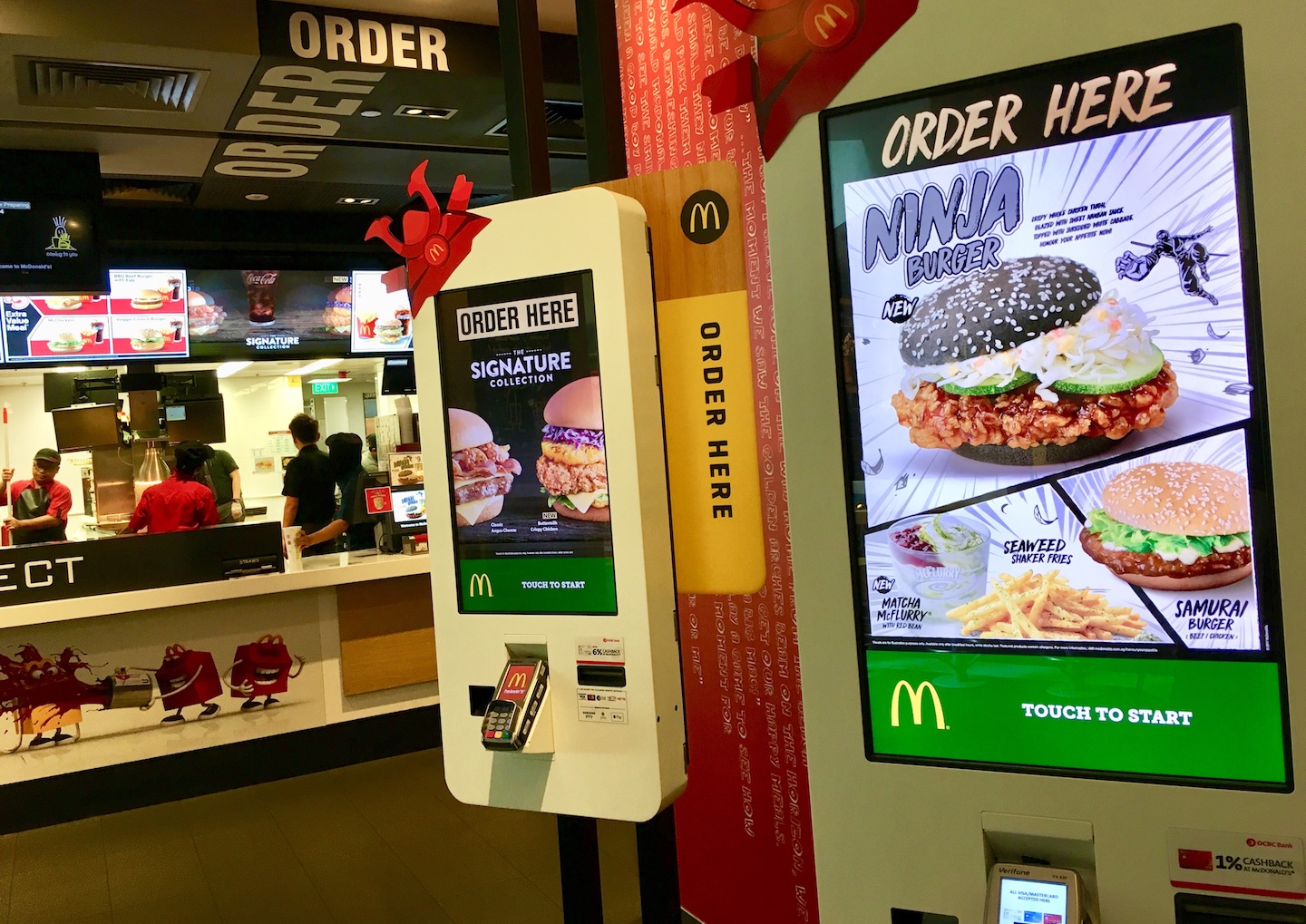Why Global Restaurant Chains Embrace (Some) Local Flavors

Photo Credit: A self-order kiosk at a McDonald's in Singapore. The franchise offers a Ninja Burger fried chicken sandwich, among other destination-specific items. Skift Table
Skift Take
Menu development is a painstaking process. When U.S. chains develop menu items for overseas locations, they must be even more conscious of striking a balance between brand consistency and familiar local flavors.


